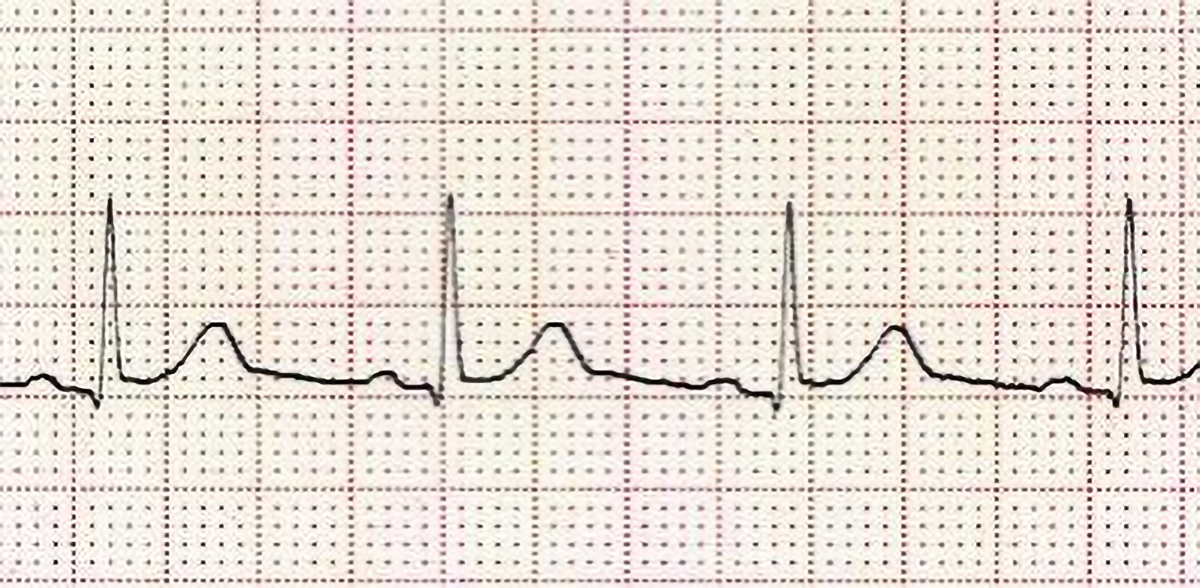ECG Basic Principles Quiz 2
Quiz Summary
0 of 9 questions completed
Questions:
- 1
- 2
- 3
- 4
- 5
- 6
- 7
- 8
- 9
The results of your practice test are waiting! Just fill in your email address in the box below, and we will share your results. You’ll only need to enter your email one time. After taking your next practice exam, you’ll receive your results as soon as you click on “Submit.”
Once you pass five practice tests, a 20% discount coupon will immediately be sent to the email address you provided.
|
You must specify an email address. |
You have already completed the quiz before. Hence you can not start it again.
Quiz is loading…
You must sign in or sign up to start the quiz.
You must first complete the following:
Results
Time has elapsed
Try Again. You didn’t get a passing score.Congratulations! You Passed.
You got 0 out of 0 correct and scored 0. Review your incorrect answers and try again.
Earned Point(s): 0 of 0, (0)
0 Essay(s) Pending (Possible Point(s): 0)
Categories
- Not categorized 0%
Earn a 20% Discount on Your Next Certification Course!
ACLScertification.org is proud to offer a 20% discount to students who successfully pass 5 of our practice tests in one sitting. Currently, you have passed 0 of the 5 required tests. Start testing your skills and earning your discount now in our Practice Exam Section.
- 1
- 2
- 3
- 4
- 5
- 6
- 7
- 8
- 9
- Answered
- Review
-
Question 1 of 9
1. Question
1. The R-R interval in a standard ECG spans 15 small squares. What is the heart rate of this patient?
CorrectIncorrect -
Question 2 of 9
2. Question
2. The terminal portion of the heart’s conduction system is the:
CorrectIncorrect -
Question 3 of 9
3. Question
3. When an impulse generated from the heart moves away from the ECG lead, what effect does this have on the ECG tracing?
CorrectIncorrect -
Question 4 of 9
4. Question
4. When interpreting a standard ECG tracing, an amplitude of 10 small squares or (10 mm) is indicative of which approximate voltage?
CorrectIncorrect -
Question 5 of 9
5. Question
5. When measuring the electrocardiogram, one small square represents 40 milliseconds. Given this information, the speed of the electrocardiogram when it records impulses is:
CorrectIncorrect -
Question 6 of 9
6. Question
6. Which electrolyte exits the cardiac cell leading to cellular polarization?
CorrectIncorrect -
Question 7 of 9
7. Question
7. Which element of the ECG tracing represents ventricular depolarization?
CorrectIncorrect -
Question 8 of 9
8. Question
8. Which landmark in the heart’s conduction system has the slowest inherent rate?
CorrectIncorrect -
Question 9 of 9
9. Question
9. You see this rhythm on the monitor:

The heart rate for this rhythm is:
CorrectIncorrect